Indigenous women's voices are not marginalized
Madeline Gupta is a native Chippewa Indian, a member of the Sault Ste tribe, a recognized community of over 44,000 people in the state of Michigan, USA. Gupta graduated with a degree in Computer Science from Yale University in May 2025 and is currently a software engineer at Google.
Gupta said she only knows a few dozen Native women working in software development across the United States. She is the only Native woman at Google. Gupta said barriers for Native women entering the tech industry include not only a lack of role models, but also limited access to high-speed internet, wifi, and Science, Technology, Engineering, and Mathematics (STEM) programs in rural areas. “Native women’s access to technology resources is a big problem; projects are also underfunded,” Gupta said. “Another barrier is lack of information. Many Native young people don’t know they can pursue a career in technology. For girls in general, technology is still seen as a field for boys, so they easily feel pressured and unfamiliar, so they don’t dare to participate.”
Gupta herself had more access to technology than many in her community, having grown up in a big city and having a role model sister, who attended Yale University and was a big inspiration for her. “It wasn’t until I got to college that I realized I didn’t have to choose between technology and indigenous research. I could combine the two,” Gupta says. “From there, I started to see technology as a tool for the community. AI is the future, and it’s important that indigenous voices are not marginalized.”
Using technology to connect the past and the future
Developed by Madeline Gupta, the video game creator of “Island of the Fairies,” the goal is to help Indigenous youth reconnect with their traditional culture, strengthen their identity, and thereby improve their mental health. The game tells stories and prayers tied to landscape features – revealed each time the player clicks on a location in the game. The second goal of the project is to bridge the digital divide. “If young people have access to a virtual reality game and see themselves, it will spark their interest in technology from the beginning,” she explains. The third goal is to make “Island of the Fairies” a visual archive of the Great Lakes region – before climate change altered the landscape. The game not only preserves the memory of nature, but also serves as a reminder of what is being lost.
The fourth goal is to change the way the community views Native people. Technology is an opportunity, because it is always associated with creativity and innovation. So if we tell the old stories through technology, in a way that is forward-looking and Native people are part of the future of America.
Source: https://phunuvietnam.vn/my-phu-nu-ban-dia-vuot-qua-rao-can-gioi-trong-linh-vuc-cong-nghe-20251118161210351.htm
















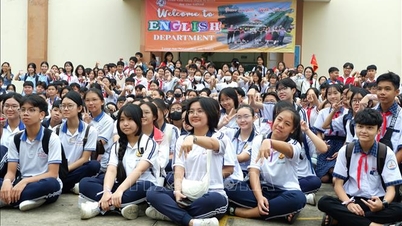

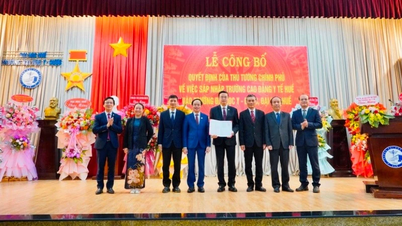

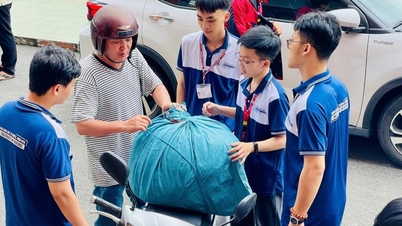


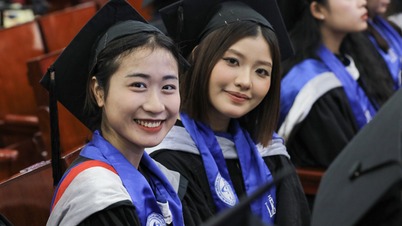





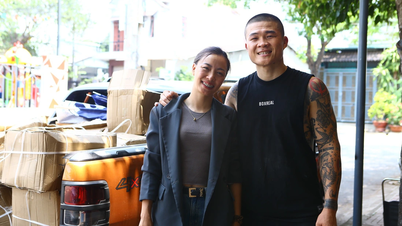

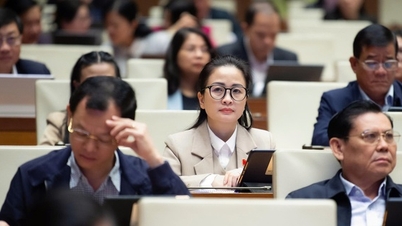

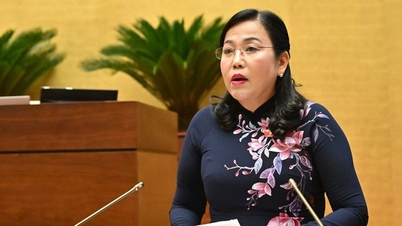








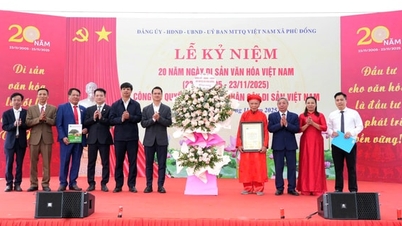






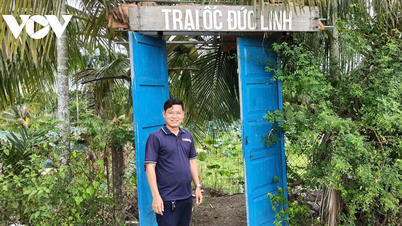

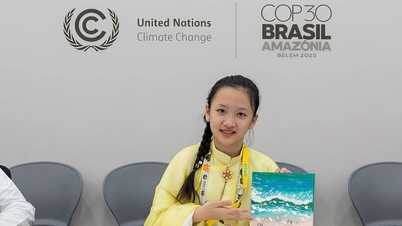


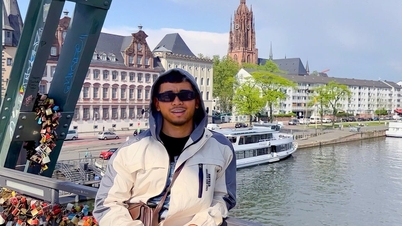















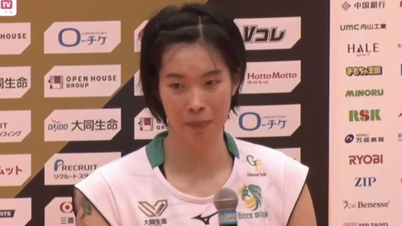

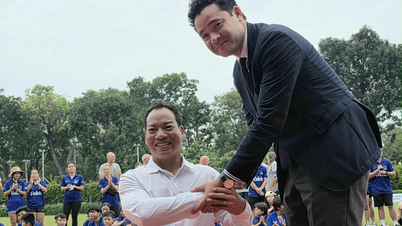




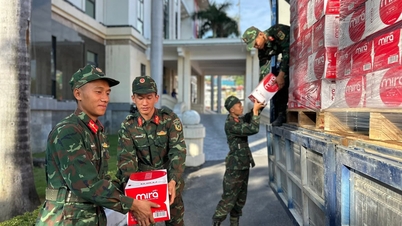















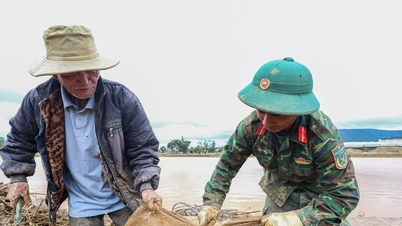

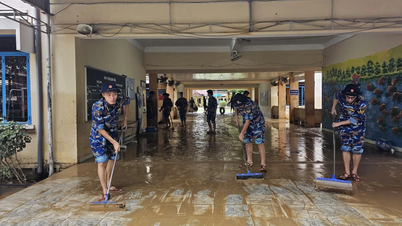














Comment (0)